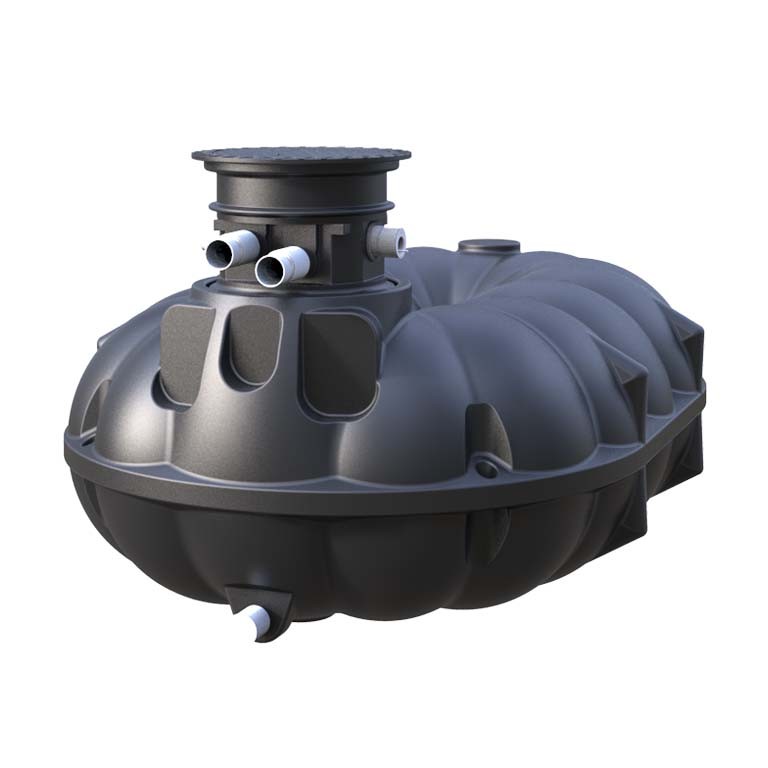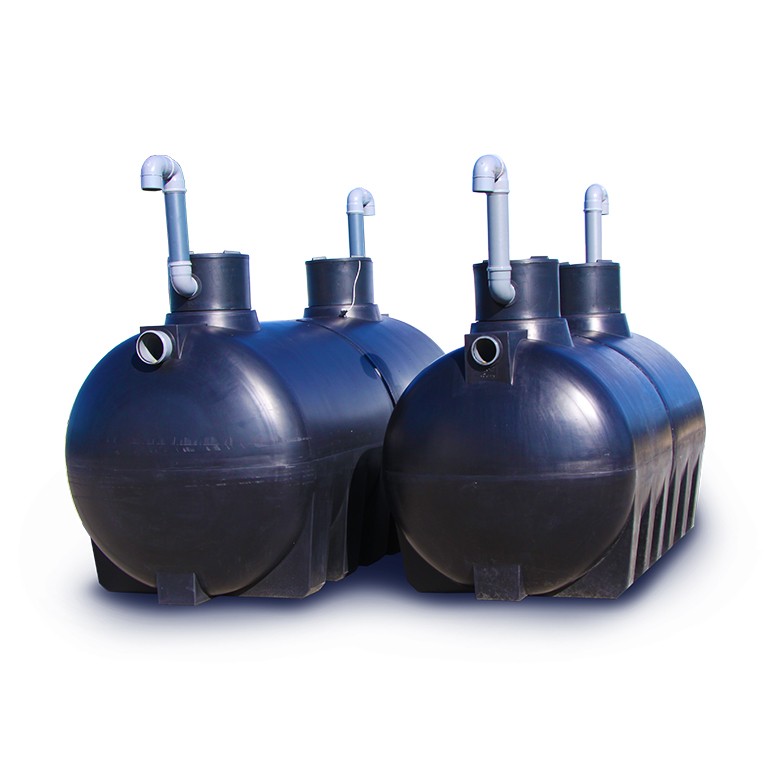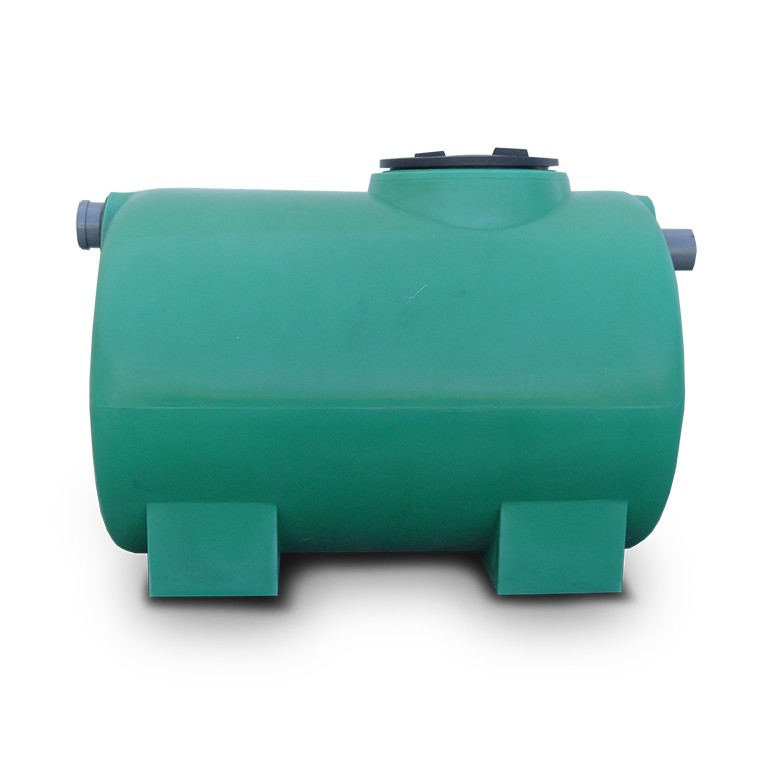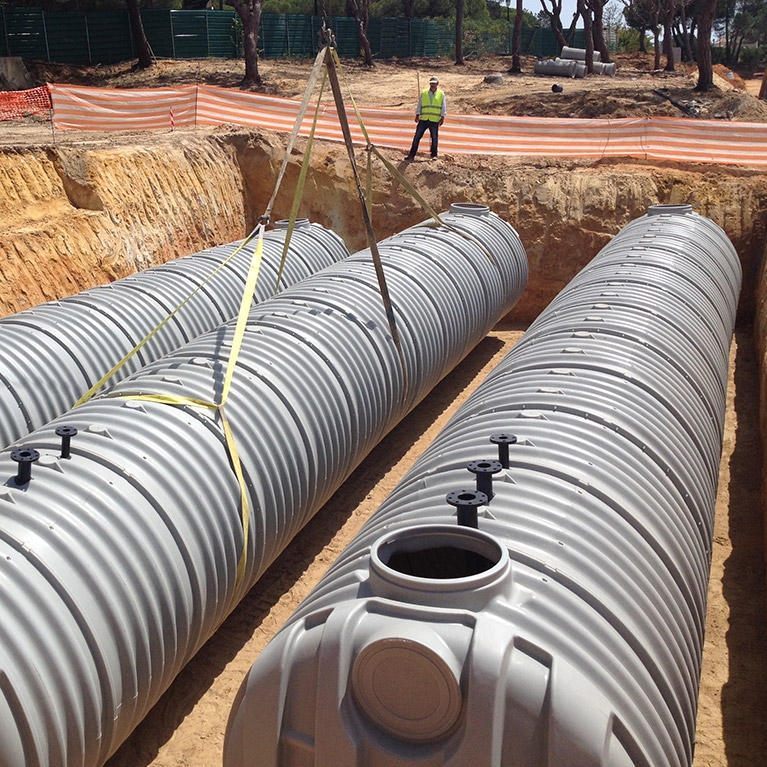What can harvested rainwater be used for?
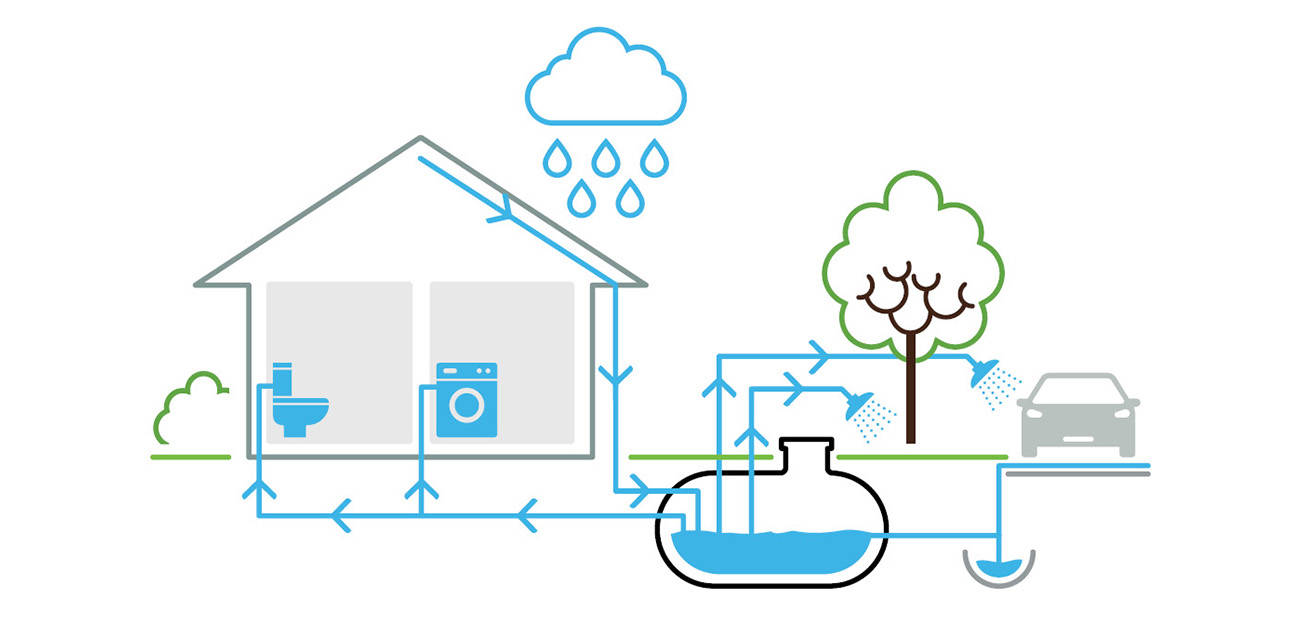
Harvested rainwater is ideal for keeping money in your pocket, conserving our precious water resource, and for protecting our environment from the damaging effects of contaminated stormwater runoff from your property.
With increased water consumption, increased water pollution and climate change all contributing to water scarcity, rainwater harvesters are perfect for the collection, storage and re-use of rainwater from any roof type. Typically installed underground, these durable systems can be easily configured for home or garden use, giving you access to abundant and free rainwater for any application that doesn't require drinking water for use.
How to collect rainwater
Before we look at how you can use rainwater, first we need to understand how rainwater is collected.
Step 1. Rainwater falls onto the roof of your property and is guided into your guttering via a sloped gradient. Rainwater then flows through your guttering until it reaches the primary filter of your rainwater harvesting tank.
Step 2. The primary filter stops leaves, debris, insects and other material from entering the tank. Water that passes through the filter is then stored and circulated to prevent water stagnation.
Step 3. A unique pump, with optimal pressure settings, redirects water from the storage tank to household appliances or building fixes for use. If there is no rainwater available in the storage tank, water from the mains water supply will be automatically supplied for each application.
Using rainwater in the home
For homeowners, using harvested rainwater for household tasks is a money-saving and environmentally friendly way to reduce your reliance on the mains water supply. You can reserve clean water for activities that typically require potable water for use (such as cooking, drinking and showering), to significantly reduce your water bills.
Here we explore a few of the most common uses of rainwater in your house.
Washing clothes
With washing machines being one of the largest consumers of mains water in your home, using disinfected harvested rainwater for washing clothes in a fantastic way to save money for the family.
In addition, the rainwater from your harvesting tank is naturally soft compared to the water that comes out of your tap, as it only picks up hard minerals such as limescale as it filters through rocks or the ground. This means you will need considerably less in the way of detergents for cleaning your clothes, thus keeping more money in wallet.
Toilet flushing
In most modern houses – where dual flush toilets are installed, around 4-6 L of water is used per flush. For older systems, approximately 13 L of water is used each time the toilet is flushed. If we assume that each household has 3 habitants and each person flushes the toilet 3 times per day, that is over 16,000 L of water used for a dual flush system and over 42,000 L for an older style system per year. All of this water can be conserved by using a rainwater harvester with a simple filter (to remove debris or other material that may block pipes/u-bends or discolour the water).
Rainwater harvesting for garden use
If you are a passionate gardener and nourishing your landscape is top of your priority list, then a rainwater harvestings system is the solution for you.
Garden rainwater harvesting systems can be used to water flower beds, plants and your lawn. They will reduce your reliance on the mains water supply, and provide a reliable option for maintaining your garden during droughts.
Is rainwater good for plants?
The short answer is yes! Whether you have houseplants or plants in your garden lants actually prefer rainwater as it has a lower pH than the water that comes from the hose or any other water source. Rainwater is free from the minerals, salts and chemicals that are often found in groundwater and surface water, meaning it will actually help nourish your plants and help them grow!
Similarly, rainwater absorbs natural nitrogen from the atmosphere, aiding its uptake by plants and soil. Without nitrates, the amount of chlorophyll produced in leaves reduces, impacting the plants ability to photosynthesise and grow properly. For budding gardeners, nitrate deficiency from rainwater could lead to an increase in fertilizer costs to maintain the health of your plants. For farmers, this could have a negative impact on your crop yield! All of these factors reinforce the need for rainwater to help keep money in your pocket.
A whole host of outdoor uses
Other uses of harvested rainwater for outdoor purposes include; washing your car, cleaning the outside of your property, filling up garden features or garden ponds, or, if you are in the agricultural/farming industry, irrigating your crops – although some degree of UV treatment or additional filtration may be required for some specific crops.
Choose the eco-friendly solution
Ultimately, a rainwater harvesting system has many uses and benefits for you and for our environment. By installing and configuring the system for indoor use, outdoor use, or for both, you can save money on your water bills by reducing your mains water consumption (by up to 50%) and you can also be safe in the knowledge that you are preserving a limited resource for generations to come.
Discover our rainwater harvesting solutions or contact our team of experts for a free quote today.
Related products
